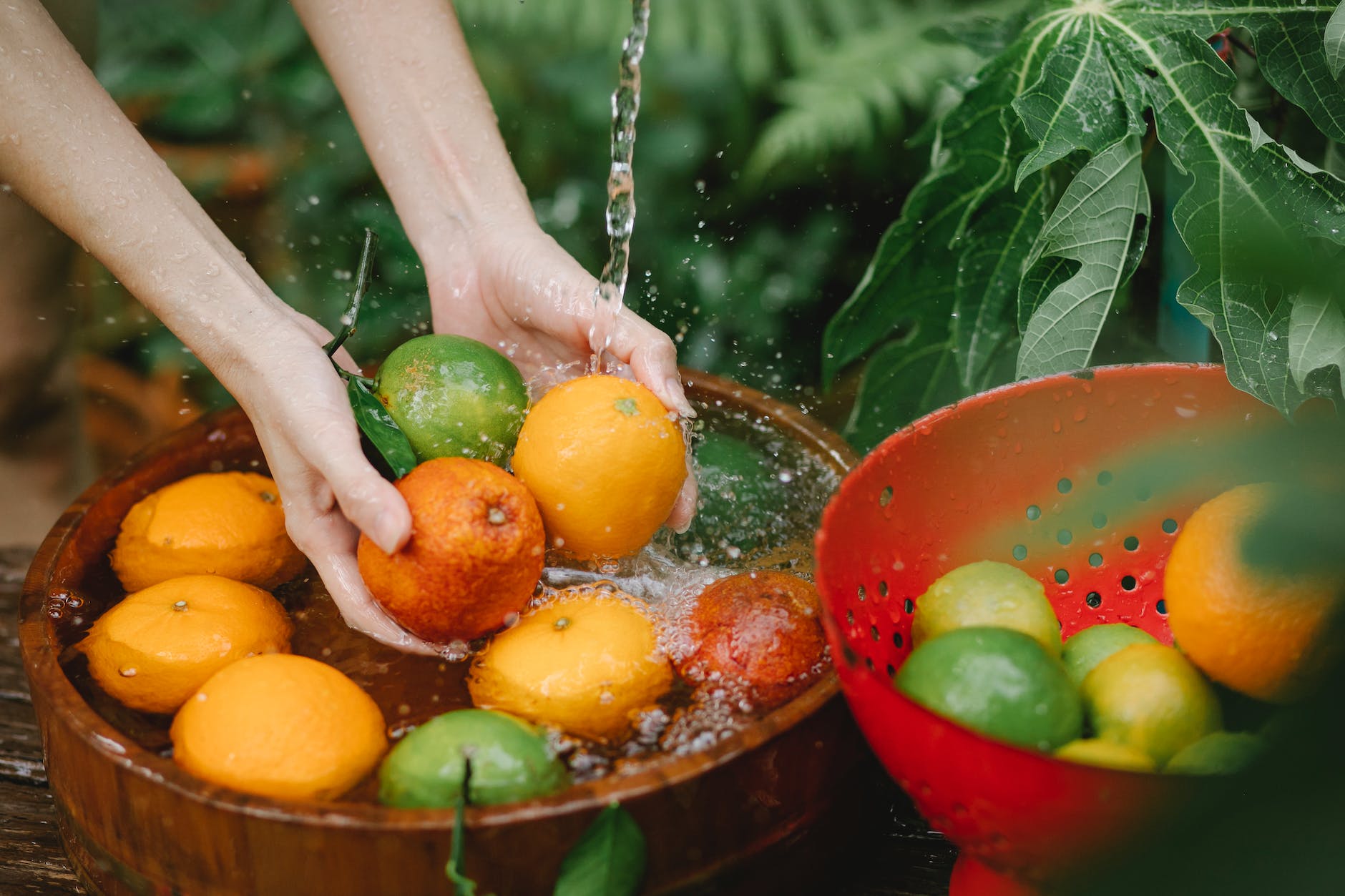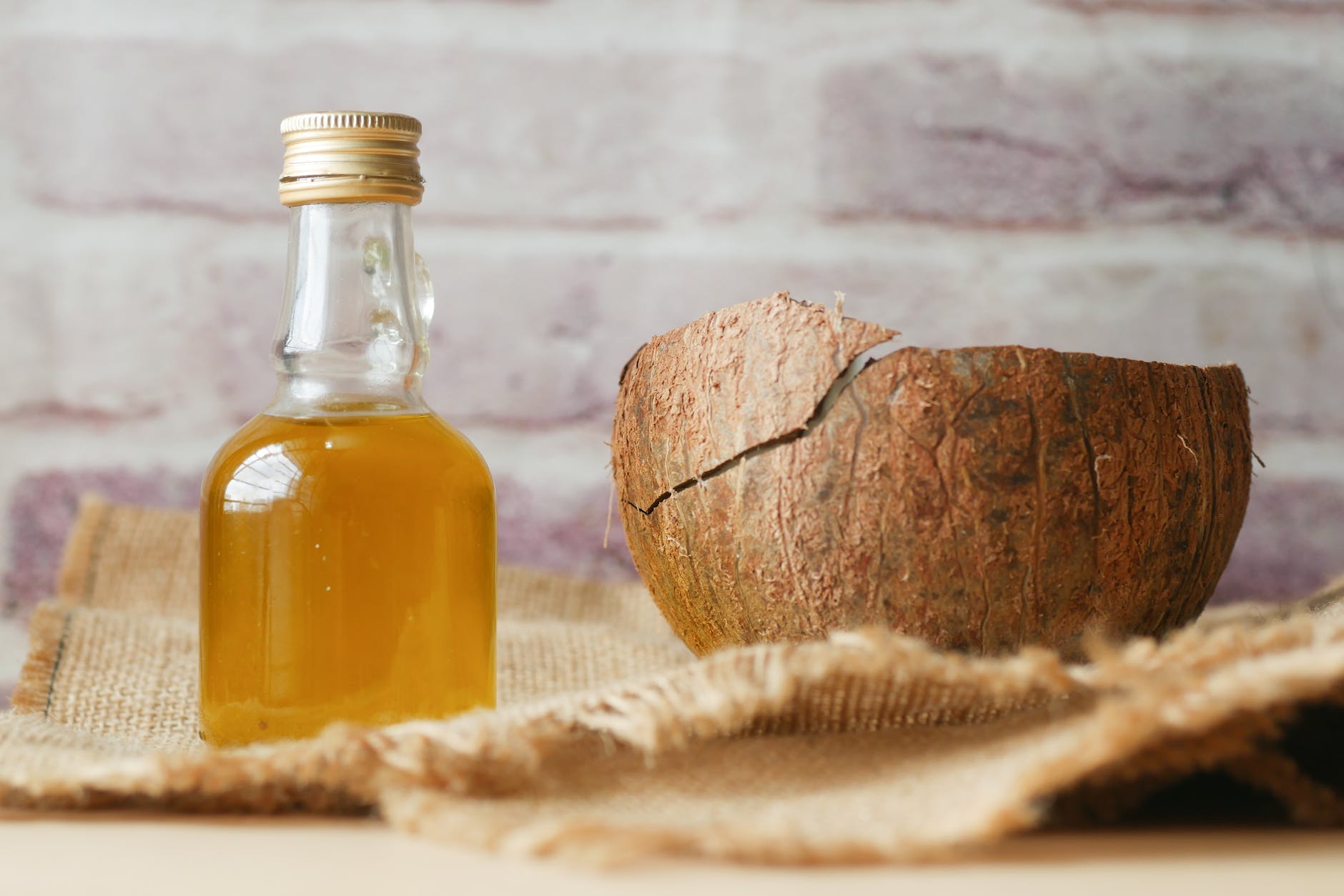Whether you’re a seasoned survivalist or a novice looking to enhance your preparedness, this guide to the 10 Cs of Preparedness is essential. Created by Dave Canterbury, author of Bushcraft 101, these tenets outline crucial items to have on hand at all times, ensuring you’re ready for any situation, from a short hike to a full-blown disaster.
- Understanding the 10 Cs of Preparedness
- Expanding the 10 Cs: Five Additional Tips
- Frequently Asked Questions (FAQs)
- What is the most important item in the 10 Cs of Preparedness?
- How can I practice using the 10 Cs of Preparedness?
- What should I look for in a good cutting tool?
- Why is redundancy important in preparedness?
- How do I stay calm in a survival situation?
- Can I use cotton material for insulation?
- What are some creative ways to use duct tape in survival situations?
- How do I prepare for seasonal changes in my survival gear?
- What are the benefits of carrying charcoal in a survival kit?
- How important is it to have a change of clothes in a survival kit?
- Wrapping Up
Understanding the 10 Cs of Preparedness
The 10 Cs of Preparedness are fundamental survival items. Whether you’re dealing with a natural disaster, manmade crisis, or simply enjoying the outdoors, these supplies can make a significant difference. Canterbury emphasizes the top five items as the most critical, but having multiples of each item (redundancy) is also important. Ensure these supplies are in your camping gear, at home, in your car, and at your workplace.
Here’s a closer look at each of the 10 Cs:
1. Cutting Tool
A cutting tool is indispensable in survival scenarios. It’s necessary for cutting food, wood, metal, and other materials. The best cutting tool varies depending on personal preference, but a 4-12 inch Bowie-style knife with a smooth and serrated edge is highly versatile. For some, a saw or multi-tool with multiple cutting implements might be more suitable.
2. Combustion Device
Redundancy is crucial for combustion devices. You need multiple ways to start a fire. Essential items include:
- Flickable cigarette lighters
- Grill/BBQ lighters
- Ferrocerium rods
- Plasma lighters
- Magnifying lenses
3. Cover/Shelter
Cover, including shelter and clothing, is vital for protection against the elements. A rain poncho or waterproof tarp can serve both purposes. Practice using these items to create shelter before you need them. Prepare ahead for seasonal changes by adjusting your gear accordingly.
4. Container
An ideal container serves as both a drinking vessel and cookware. However, some prefer separate items to reduce “dishes.” Boiling water is often necessary in survival situations, so ensure your container can handle this.
5. Cordage
Good cordage is invaluable. High-quality parachute cord is a favorite among survivalists. Additionally, learn to improvise cordage from plant fibers or other natural materials.
6. Candling (Light Source)
A reliable light source is essential. Options include:
- Headlamps for hands-free use
- Long-lasting candles
- Flashlights
7. Cotton Material
While cotton isn’t ideal for insulation, it has multiple uses. An old t-shirt can be fashioned into a sling, tourniquet, or char cloth for fire-starting.
8. Cargo Tape (Duct Tape)
Duct tape is extremely versatile. It’s useful for repairs, first-aid, and even constructing items. It can also serve as a fire starter.
9. Compass
A compass, ideally paired with a map, is essential for navigation. Practice using these tools to ensure accuracy when needed.
10. Canvas Needle
A sail needle (#14 size) is perfect for repairing clothing and large fabric shelters. It’s also suitable for threading heavy cordage like paracord.
Expanding the 10 Cs: Five Additional Tips
In addition to the original 10 Cs, here are five more crucial tips to enhance your preparedness, three of which cost nothing and take up no space.
1. Change of Clothes
Having a non-cotton change of clothes is vital. Wet clothes can lead to hypothermia and other issues. Pack compactly by rolling clothes or using a compression sack.
2. Charcoal
Carry a small amount of natural lump charcoal. It’s useful for:
- Fuel for fires and cooking
- Deodorizing water (purify/filter/boil first, then add charcoal)
- Improvised water filters
- Toothpaste
- Indigestion relief (activated charcoal)
- Deodorant or foot powder
- Treating skin infections
3. Creativity
Creativity is crucial for improvisation. Practice making do with limited resources, such as:
- Building a fire without standard tools
- Creating one of the 10 Cs using duct tape
- Developing campfire stories to boost morale
4. Creature Comforts
Creature comforts are essential for psychological well-being. Simple activities like storytelling, singing, or enjoying a comforting meal can significantly boost morale.
5. Calm
Maintaining a sense of calm is invaluable. Panic can lead to poor decision-making. Techniques to stay calm include deep breathing, unclenching your jaw, and relaxing your shoulders.
Frequently Asked Questions (FAQs)
What is the most important item in the 10 Cs of Preparedness?
Dave Canterbury emphasizes the top five items as the most critical: cutting tool, combustion device, cover, container, and cordage. These are essential for basic survival needs.
How can I practice using the 10 Cs of Preparedness?
Practice regularly by setting up mock scenarios, such as starting a fire with different combustion devices, building shelters with tarps, and navigating using a compass and map.
What should I look for in a good cutting tool?
Look for a tool that is versatile and comfortable to use. A Bowie-style knife with a smooth and serrated edge is highly recommended, but the best tool is the one you’re most likely to use effectively.
Why is redundancy important in preparedness?
Redundancy ensures that you have backups in case one item fails. This is especially crucial for essential items like combustion devices and cutting tools.
How do I stay calm in a survival situation?
Practice mindfulness techniques such as deep breathing, unclenching your jaw, and relaxing your shoulders. Staying calm helps you think clearly and make better decisions.
Can I use cotton material for insulation?
Cotton is not ideal for insulation in cold weather. However, it has many other uses, such as making char cloth for fire-starting or creating a makeshift sling or tourniquet.
What are some creative ways to use duct tape in survival situations?
Duct tape can be used for repairs, constructing items, and even as a fire starter. It’s incredibly versatile and should be a staple in any preparedness kit.
How do I prepare for seasonal changes in my survival gear?
Adjust your gear based on the season. For example, pack a winter coat toward the end of summer if you live in a northern climate. Regularly review and update your gear to match the current and upcoming season.
What are the benefits of carrying charcoal in a survival kit?
Charcoal can be used as fuel for fires, deodorizing water, and even as toothpaste or a remedy for indigestion. It’s a multi-purpose item that’s highly beneficial in various survival scenarios.
How important is it to have a change of clothes in a survival kit?
A change of clothes is crucial, especially non-cotton ones, to prevent hypothermia and other issues caused by wet clothing. Keeping clothes compact and dry is essential for maintaining body temperature and comfort.
Wrapping Up
Preparedness is about more than just having the right gear; it’s about knowing how to use it and maintaining a calm, creative mindset. Whether you’re familiar with the 10 Cs or not, these guidelines and additional tips will help you stay prepared for any situation. Share your prioritization techniques and survival tips in the comments below!



